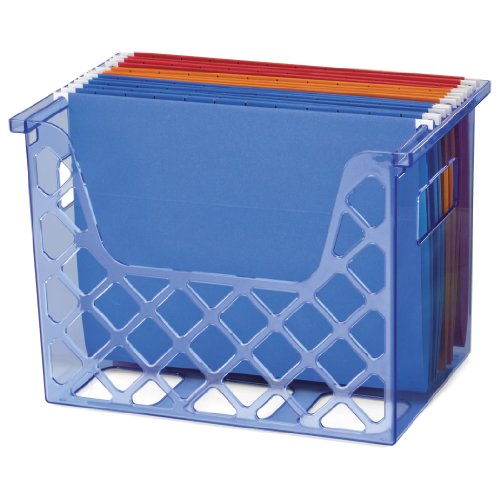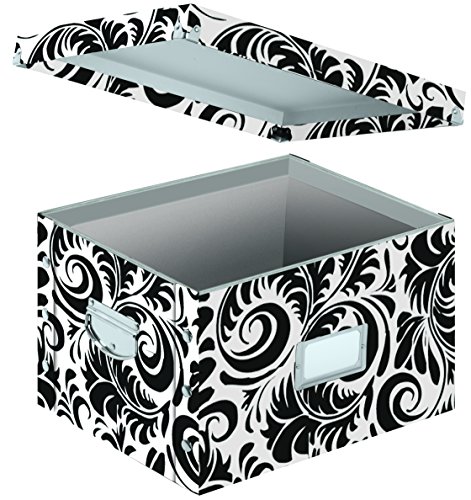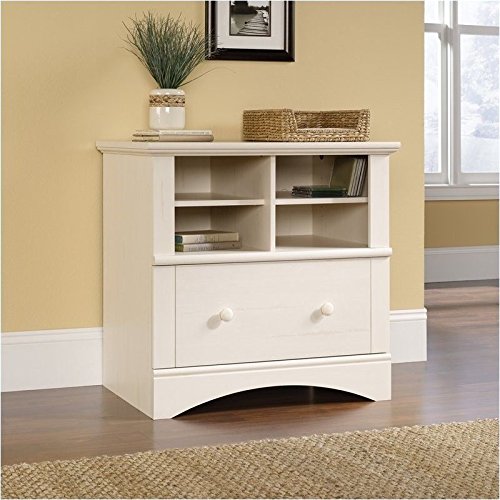Easy Steps to an Organized Life in 31 Days: Filing System (Day 12)
This post may contain affiliate links. Please read our disclosure policy.
Conquer paper clutter with a simple household filing system. A well-maintained filing system makes it easy to organize and find important documents.

Want to save this recipe?
Enter your email, and we'll send it to your inbox. Plus, you'll get delicious new recipes from us every Friday!
Day 12: Household Filing System
Paper clutter can be overwhelming. Piles of paper tend to multiply and take over the best organizational intentions. To conquer it, you need a simple household filing system.
Setting up a filing system gives paper piles a home. It also allows you to find important documents at a moments notice. A retrieval or archival repository.
The key to success? Purge, categorize and file.
3 Kinds of Files
Action Files
Daily or weekly use files. Usually kept in an expandable file, a tabletop file box or rack and contain action items. Action items would include; bills, short-term works in progress, correspondence and so on.
Working Files
Medium-term filing. These documents should be kept in a file cabinet, office desk drawer or cabinet. Working files would include; employment records, employment benefits, insurance records, bill statements, bank statements, working tax files (archived after 3 years), medical information, home maintenance, receipts, manuals and warranties, education information such as transcripts, diplomas, etc. and an inventory of your safe deposit box.
Archived Files
Long-term filing that may be kept in a safe, a bank safe deposit box or other secure location. These documents would include; income tax returns, real estate documents and receipts, insurance policies, automobile documents, and warranties.
For more information on what to keep in files, visit publications.usa.gov
A Filing System
Color-code the household filing system. Color-coded files are visual labels that increase efficiency both in filing and retrieving. A well-organized filing system is one that allows you to retrieve the information you need as quickly and easily as possible. To keep it simple, consider buying color-coded hanging files to organize information into 5 unique categories that might look like this:
- Green – Financial
- Red – Medical
- Yellow – Insurance
- Orange – Personal Files
- Blue – House Files

Common File Categories
- Automobile: maintenance records, repairs, lease statements, warranties.
- Banking: banking files for all accounts.
- Bills and loans: split into either category or by name of payee.
- Health and healthcare: bills, individual family health records, and so on.
- Housing: mortgage files, repairs, receipts.
- Insurance: set up by name of insurer or by category – Homeowners, Life, Automobile.
- Legal
- Retirement
- Valuables: appraisals, inventories and so on.
Calendar
The office area is so important that we’ve split it up into 4 days as follows:
• Day 11: The Office
• Day 12: Creating a Filing System (today)
• Day 13: Organizing Important Papers and Original Documents
• Day 14: Creating a Mail Station
Checklist
31daily-easy-steps-to-an-organized-life-household-filing-system-day-12
Objective: Create a household filing system to eliminate paper clutter, easily access important documents and efficiently manage information.
- Identify locations for filing systems and create spaces for 3 types of files: action, working and archival.
- Sort existing paper and files into categories that make sense for your lifestyle. Ideas: financial, medical, insurance, vehicles, household, education etc.
- As you come across original documents (birth, marriage certificates, titles, estate files, and so on), scan for a backup digital file.
- Purge and shred all unnecessary paper.
- Sort paper and documents into labeled files and put them in place.
Tomorrow
Organizing Important Papers and Original Documents
GET THE BOOK:
Easy Steps to an Organized Life in 31 Days or Less (Amazon.com)








Excellent, helpful article. Thank you for the inspiration.